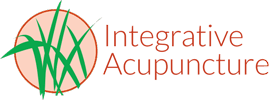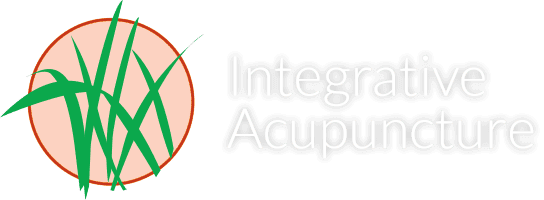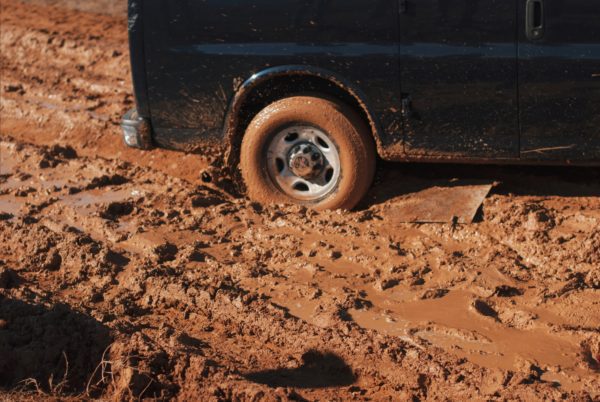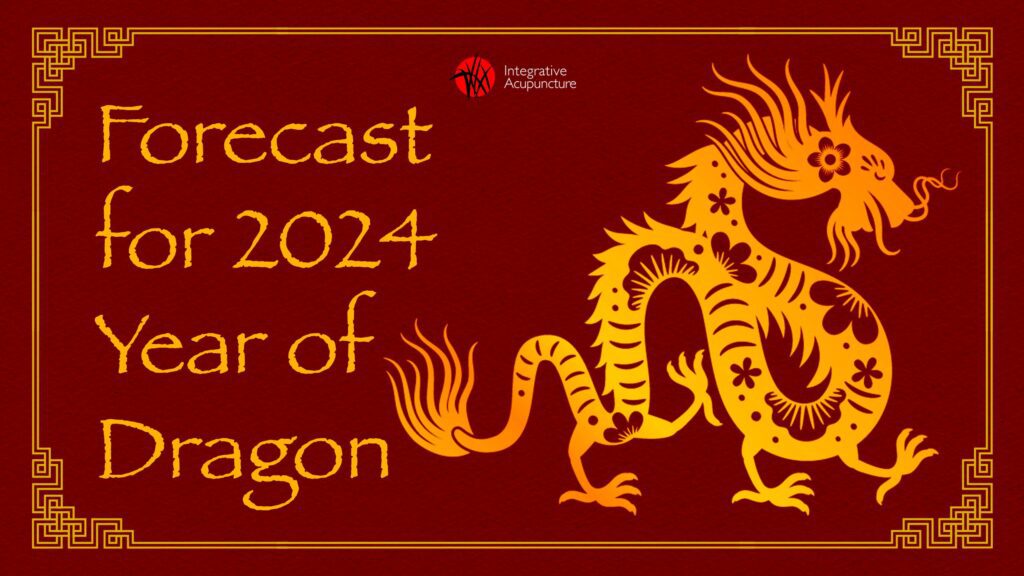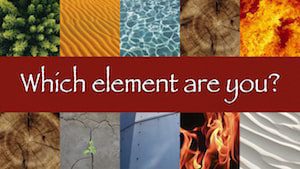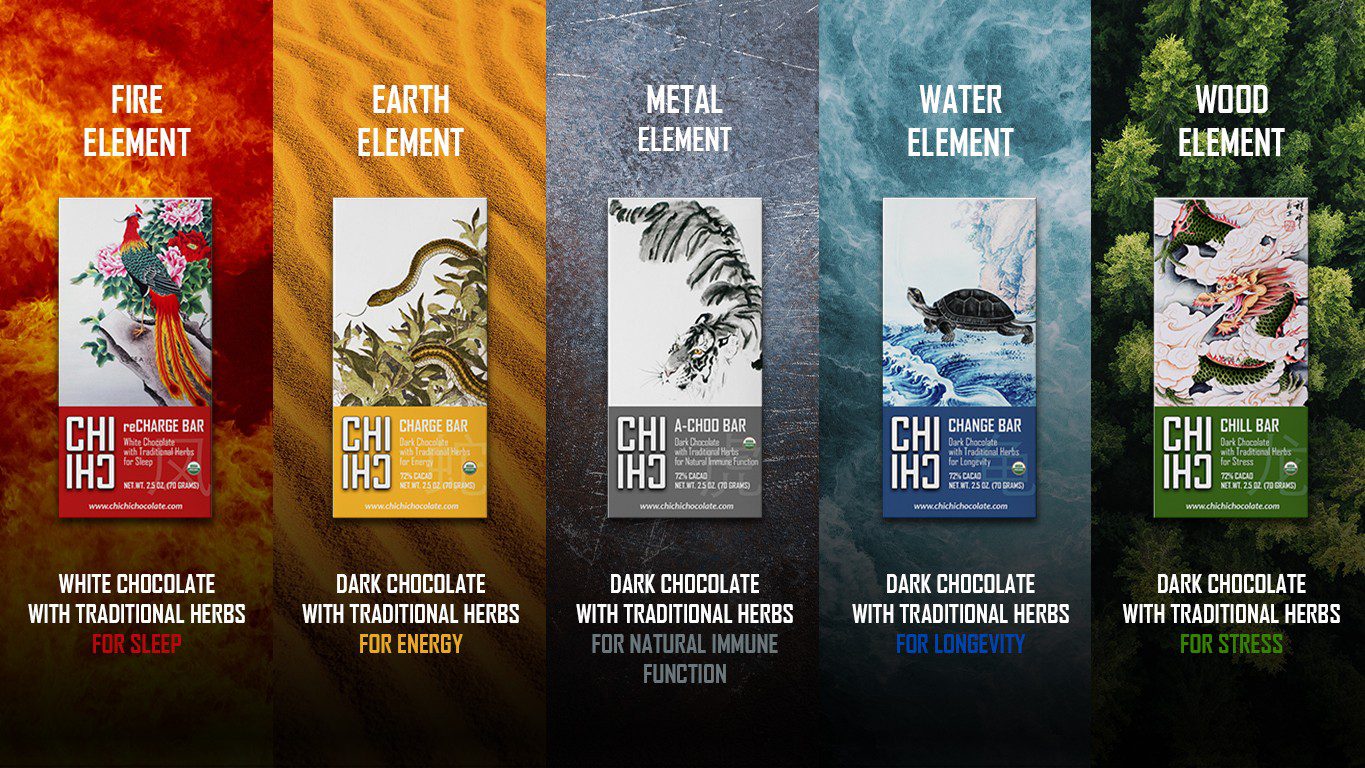Stagnation Pain
Most of the stagnation-types of pain involve traumatic injury or a palpable-pathogenic process. This is an area where acupuncture and its associated modalities truly shine, treating traumatic injury such as fractures, sprains, infection of tissue and acute pain very efficiently and gently. After an acute injury has been assessed by urgent or primary care, go to your acupuncturist for a complete plan of care for immediate physical recovery when other modalities such as physical therapy are not yet indicated.
Qi Obstruction
Starting from the most superficial type of obstruction and easiest to help, Qi obstruction involves a type of movement that becomes stuck. Most often it manifests as a tendency to have shoulder and neck pain due to stress which goes away with conscious relaxation and mild exercise. In this case, the muscle tissue itself has not yet been affected. The most common treatments for Qi stagnation involve stress-relieving acupuncture, trigger-point and motor point acupuncture, massage and exercises. Qi obstruction is a component of all the other types of stagnation as well.
Blood Obstruction
The next level of obstruction involves the blood. A common example of blood obstruction is a muscle that has been tense and has formed a series of knots in the tissue, disallowing the full relaxation of the muscle, often present in low back and shoulder muscles. Blood stagnation is treated with strong local acupuncture, cupping and gua sha to physically move the blood. It often presents in combination with heat, cold, damp and phlegm stagnation.
Heat Obstruction
Heat is part of the inflammatory process, along with redness, swelling and pain. Heat stagnation can be a secondary effect of lingering blood stagnation that starts to become inflamed, or it can be a rapid onset inflammation or infection. Heat stagnation is treated with cooling techniques, using acupuncture distally to relieve heat and inflammation while applying cooling herbal poultices and/or liniments topically. Internal herbs can be used to treat infection and inflammation concurrently. Heat is often combined with damp and blood stagnation.
Cold Obstruction
Cold stagnation can either have a fast or a slow origin of onset, with the fast type of onset a physical exposure to cold causing the tissues to tense and the local cellular metabolism to slow down. This causes sharp stabbing pains similar to muscle cramps, accompanied by a deep ache. This can be seen with low back pain after a long bike ride with the low back improperly covered, riding through a cold and rainy environment. Cold stagnation is treated with warming topical liniments and poultices as well as heat packs and moxibustion combined with acupuncture to relax and warm the area. Cold stagnation is often combined with blood or phlegm stagnation.
Damp Obstruction
Damp stagnation involves swelling that is still soft, as in the puffiness after a sprain or around a repetitive-motion injury. This can be found around the shoulder blades from overuse of the arms or across the whole low back after intense physical labor. Dampness is treated with cupping, heat poultices, local acupuncture and constitutional body points for eliminating dampness.
Phlegm Obstruction
The most bizarre and deep-seated type is phlegm obstruction: a type of hard nodule or mass the center of a deep bruise, a fatty lipoma, or the swelling of vertebrae involved in arthritis. Blood and Qi obstruction must both exist prior to the formation of phlegm stagnation. This potentially takes the longest to resolve due to the need to diminish the tissue accumulation. Strong local acupuncture, plum-blossom acupuncture, cupping, gua sha, moxibustion and topical plasters and soaks are all used to treat this more difficult type of stagnation.
Ready for an appointment?
These six types of obstructions interact with each other and change over the course of an injury or illness. Contact your local licensed acupuncturist or our office in you are in Central or Northern Vermont for help.
